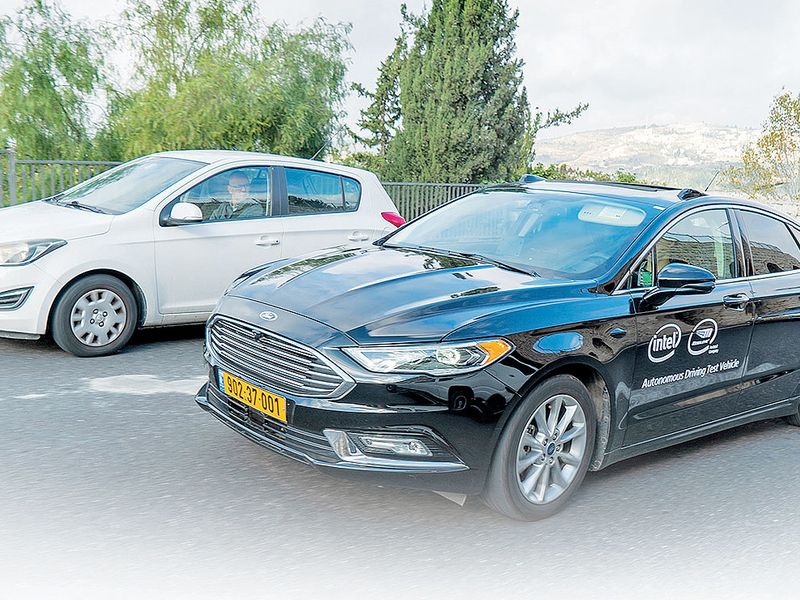
Mass-transit ridership has plummeted. Scooter companies have shuttered in key cities. Ride-hailing networks have scrambled to pivot from carrying humans to carrying takeout orders.
So it’s a curious time to buy a transportation company whose operations are predicated on people moving around. Despite a world wracked by a pandemic, that’s just what Intel Corp. did last week.
With a shrug toward today’s maladies and an eye on the future, the tech giant purchased Moovit, an Israeli mobility-as-a-service provider, for $900 million through Intel’s Mobileye subsidiary. Discussions between the companies started with the intention of a potential investment: Intel ultimately decided to buy Moovit outright.
Mobileye is banking on coronavirus-related travel disruptions remaining a temporary hindrance rather than a catalyst for long-term changes in transportation.
“In the times of great crisis, you either pull back or lean in, and this is an example of leaning in,” said Amnon Shashua, Mobileye CEO. “People still need to move from place to place.”
Moovit wraps those various transportation modes into an app that aggregates data from multiple transit partners. It’s a single place to plan and pay for a multimodal journey around a city that might involve public transit, ride-hailing, scooter and bike rentals and more.
Eliminating friction that would otherwise exist as travelers plan multimodal journeys is, broadly speaking, a promising idea, says David Zipper, visiting fellow at the Harvard Kennedy School. But it requires more than a slick app, he says — it requires a thriving transportation ecosystem.
“A mobility-as-a-service solution is only as useful as the services it knits together,” Zipper said. “If you have bus service that comes once an hour, and that’s tied to a bike-share where a bicyclist has to ride in a lane that’s in the same space as vehicles moving 40 miles an hour, how useful is that? First, you have to make sure you have high-quality services available for those that don’t drive. If they’re not there, you have nothing useful to put together.”
That could be worth considering as Mobileye fleshes out its forthcoming robotaxi business that’s augmented by the Moovit acquisition. Moovit, of Tel Aviv, was founded in 2012 and has 800 million users in approximately 3,100 cities and 102 countries, according to Intel.
Beyond the customer-facing side of the deal, Moovit offers mapping and data intelligence and aspects of a fleet operations infrastructure. With cameras in millions of personally owned cars around the world thanks to partnerships with the likes of BMW and Nissan, Mobileye had culled information from those vehicles and already developed a crowdsourced high-definition mapping and localization tool.
Now, with information from Moovit and a partnership with Ordnance Survey, the national mapping agency in the United Kingdom, Mobileye may offer information on infrastructure and data insights on everything from traffic flow to likely places where jaywalking will occur.
In November, Jack Weast, Intel’s autonomous driving chief, said data services and data intelligence had developed into promising revenue-generating lines of business and that the company would aggressively push toward those markets. This acquisition is the latest example.
The user network and map intelligence platform are components of Mobileye’s efforts to launch a robotaxi business in 2022. Other necessary puzzle pieces include self-driving systems, high-definition mapping, teleoperation capability and fleet optimization. And, of course, vehicles.
Mobileye’s approach of consolidating so much of that inside a single company is perhaps an outlier in the industry.
But Shashua believes that will help the company extract revenue from multiple points in the value chain, and Mobileye and Intel foresee robotaxis developing into a market worth $160 billion by 2030. To start tapping into that in 2022, Shashua says, the time was right to act.
“We invested in Moovit two years ago as part of our long-term strategy and understand this company and the value it can bring,” he said. “We believe 2022 is a very realistic timeline, and with the integration time frame, that required an acquisition be done now.”